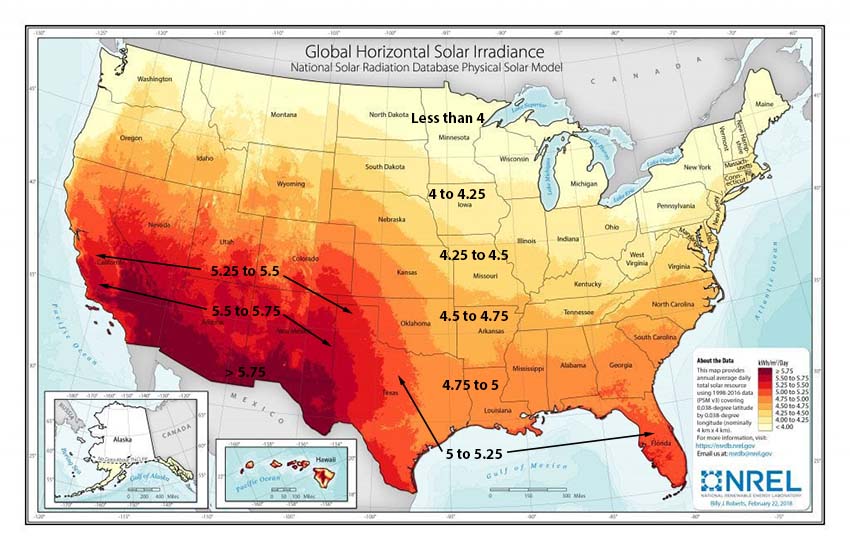"How many panels will I need?"
Regardless of their motive—whether it's saving money on energy or saving the environment—that's usually one of the first things any homeowner interested in going solar wants to know.
The answer depends upon several factors, which we'll be examining today.
Your installation strategy
If the goal of installing a solar system was simply to put as many solar panels on your roof as will fit, determining how many you'll need would only require knowing the dimensions of each.
Unfortunately, it's not that simple.
Blindly filling up your roof with panels minus any consideration of your particular energy needs isn't a legitimate installation strategy—unless that is, you're looking to maximize the installer's return on investment rather than your own.
If you're dealing with a reputable solar installer, they should have only two goals.
Generating as close to 100% of the energy required to run your home as possible
While, at the same time, maximizing the amount of money you'll save
And, while selling you as many solar panels as possible may be the easiest way to satisfy the first goal, jacking up the price by including more than you actually need most definitely will not help with the second.
In other words:
You want exactly enough solar panels to fully power your home and no more.
You don't want to pay for any unnecessary extras
Three Factors
What that precise number is mostly depends upon three factors:
How much electricity you consume on average each day
How much sun your roof gets
The power rating of your solar panels
Once you have these three pieces of information, estimating the number of solar panels you'll need is just a matter of doing some dividing.
Determining your consumption
According to the US Energy Information Administration (EIA), the average US household uses 10,632 kilowatt-hours (kWh) of electricity each year. That comes to roughly 30 kWh on average per day.
But, of course, some households will wind up using more while others use less. Fortunately, determining how much electricity you use each day doesn't require much more work than looking at your electric bills.
Since power consumption varies greatly with the seasons, your average daily consumption for any given month won't accurately represent your yearly average. In order to determine that, you'll need to know the total amount of electricity you consumed over the course of twelve consecutive months.
Some monthly electric bills also give yearly consumption. If yours falls in this category, simply taking the yearly consumption number from one of your electric bills and dividing it by 365 should get you a decent estimate of your average daily consumption.
If, on the other hand, your utility company doesn't provide any data on yearly consumption, you'll need to get 12 consecutive months of bills, add up the amount of energy you used each month, and then divide the result by 365.
Determining the amount of sun
The amount of sun your roof gets is measured in "peak sun hours"—with "one peak sun hour" defined as "any hour in the day when the intensity of the sunlight reaches an average of 1000 watts/meter."
The number of peak sun hours a region gets per day varies from an average of around four in the northeastern US to around 5.75 peak sun hours in the southwest.
But no need to depend on such rough estimates. You can determine the precise average number of daily peak sun hours where you live from the following map provided by the National Renewable Energy Laboratory.

Power rating
The last piece of information you'll need is the power rating of your solar panels. Residential solar panels usually have a capacity of 300 to 400 Watts. Once you know your panels' wattage:
Divide your average daily electricity consumption by the number of peak sun hours in your area
Divide that number by the wattage of your solar panels and—presto—you'll have an estimate of how many you'll need to power your home.
More accuracy
It's important to note that the method we just outlined will only give you a rough estimate. The precise number of solar panels you're going to need depends upon other factors, like the direction your roof faces and its pitch.
The only way to form a more precise idea is to get a production estimate from a reputable installer.
Using satellite imagery and state-of-the-art software, our trained specialists will design the optimal solar system for your home and determine how much electricity it will generate each month.
Our production estimates are also guaranteed in writing. So if the numbers wind up looking good, you can be confident you'll be making the right decision.